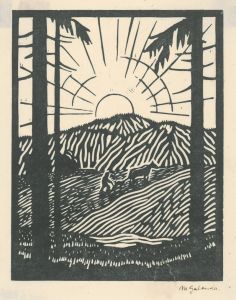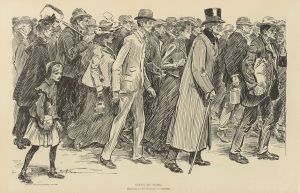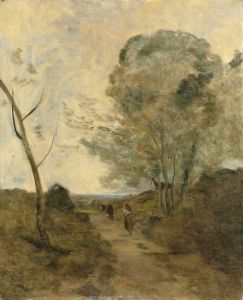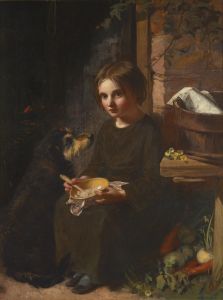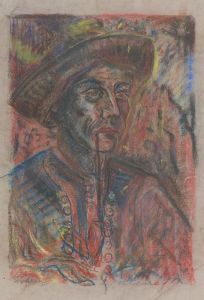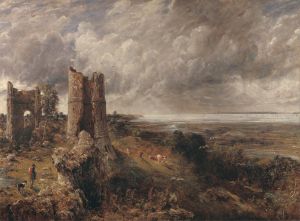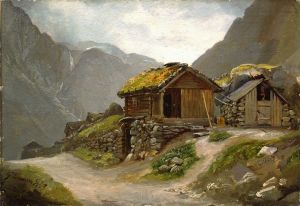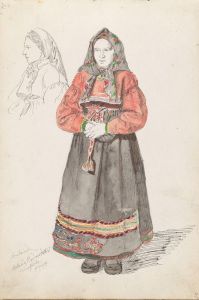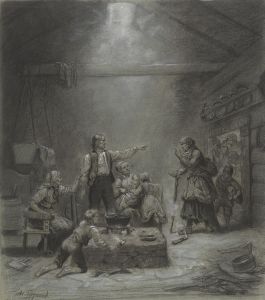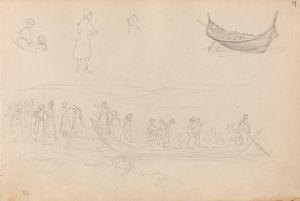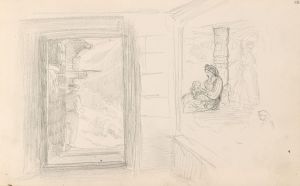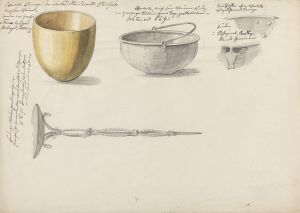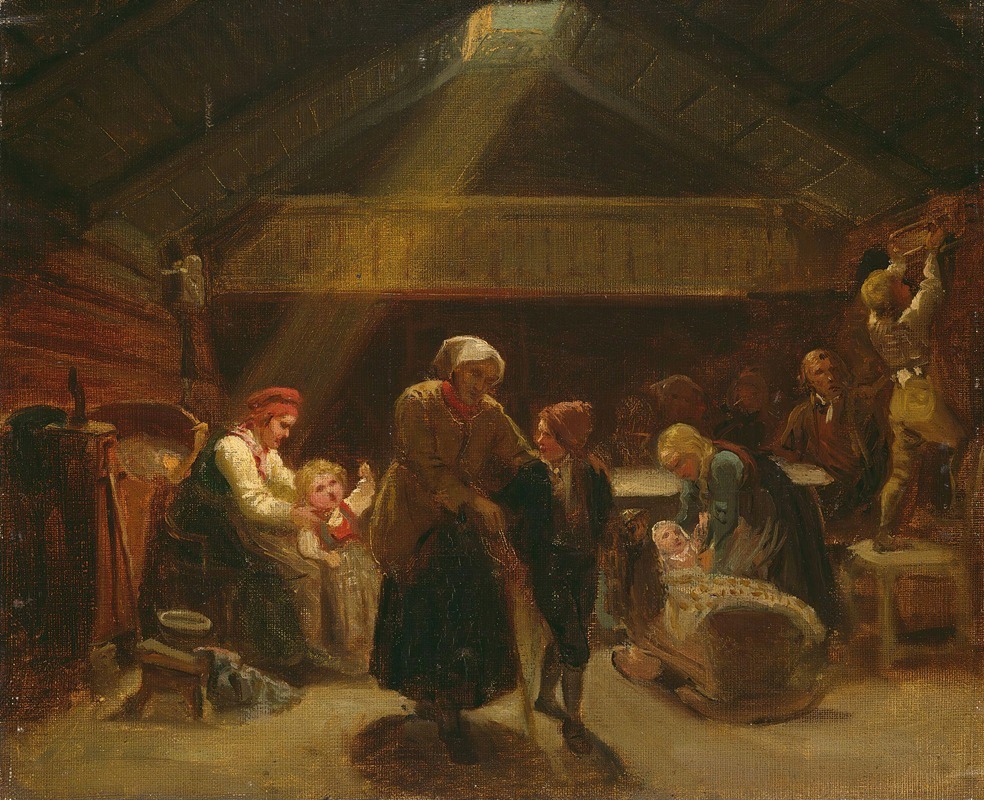
Sunday Morning in a Farmer’s House
A hand-painted replica of Adolph Tidemand’s masterpiece Sunday Morning in a Farmer’s House, meticulously crafted by professional artists to capture the true essence of the original. Each piece is created with museum-quality canvas and rare mineral pigments, carefully painted by experienced artists with delicate brushstrokes and rich, layered colors to perfectly recreate the texture of the original artwork. Unlike machine-printed reproductions, this hand-painted version brings the painting to life, infused with the artist’s emotions and skill in every stroke. Whether for personal collection or home decoration, it instantly elevates the artistic atmosphere of any space.
"Sunday Morning in a Farmer’s House" is a painting by the Norwegian artist Adolph Tidemand, created in 1851. Tidemand, born on August 14, 1814, in Mandal, Norway, is renowned for his detailed and evocative depictions of Norwegian rural life and folk culture. This particular painting is a quintessential example of his work, capturing the essence of 19th-century Norwegian peasant life.
The painting portrays a typical Sunday morning scene in a Norwegian farmhouse. The setting is a modest, yet cozy interior, reflecting the simplicity and functionality of rural homes of that era. The room is filled with natural light, which streams in through the windows, illuminating the scene with a warm, inviting glow. The composition is carefully arranged to draw the viewer's eye across the various elements of the scene, each telling its own part of the story.
At the center of the painting, a family is gathered, dressed in their Sunday best, indicating the importance of the day. The father, seated at the table, reads from a large book, presumably a Bible, signifying the family's devotion and the centrality of religion in their lives. The mother, standing nearby, listens attentively, her posture and expression reflecting a sense of reverence and attentiveness. Children are also present, some seated and others standing, all engaged in the moment, highlighting the communal aspect of their faith and family life.
The interior details are meticulously rendered, showcasing Tidemand's keen eye for authenticity and his dedication to capturing the true essence of Norwegian peasant life. The furniture is simple and functional, made from wood, and the walls are adorned with traditional decorations, adding to the authenticity of the scene. The overall atmosphere is one of tranquility and piety, offering a glimpse into the daily lives and values of Norwegian farmers in the mid-19th century.
Adolph Tidemand's work is often celebrated for its ethnographic accuracy and its ability to convey the cultural and social nuances of the time. "Sunday Morning in a Farmer’s House" is no exception, as it provides a window into the customs, traditions, and domestic life of rural Norway. Tidemand's paintings are not only artistic achievements but also valuable historical documents that preserve the heritage and way of life of Norwegian people.
The painting is part of the collection at the National Gallery in Oslo, Norway, where it continues to be admired by visitors for its historical significance and artistic merit. Tidemand's legacy as a painter is firmly established, and his works remain an important part of Norway's cultural heritage, offering insights into the country's past and the everyday lives of its people.
In summary, "Sunday Morning in a Farmer’s House" by Adolph Tidemand is a masterful depiction of 19th-century Norwegian rural life, capturing the simplicity, piety, and communal spirit of a farming family on a Sunday morning. Through his detailed and authentic portrayal, Tidemand provides a valuable historical record and a timeless piece of art that continues to resonate with audiences today.





